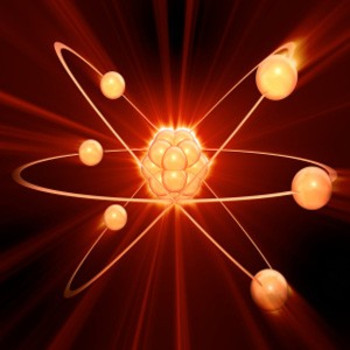Question #2c1c4
1 Answer
Because DNA of prokaryotes does not have introns and is not located in the nucleus.
Explanation:
Situation in eukaryotes
In eukaryotes precursor mRNA (pre mRNA) is processed in three steps:
- splicing: introns (non-coding DNA sequences) are cut out
- capping: at the 5' end a protective 'cap' is added
- adding a tail: at the 3'end a poly-A-tail (multiple adenosine nucleotides) is added
This produces a mature mRNA that can be transported safely outside the nucleus. The modifications protect the mRNA against degradation by enzymes in the cytosol. There it is picked up by ribosomes for translation into proteins.
Situation in prokaryotes
The situation in prokaryotes is different. They don't have introns (except for archaebacteria) so splicing is not necessary. In addition, prokaryotes don't have a nucleus so the mRNA doesn't need to be prepared for transport.
The translation of prokaryotic mRNA already starts when transcription is not even finished. The time between transcription and translation is much shorter, so adding a cap and a tail is not necessary.

